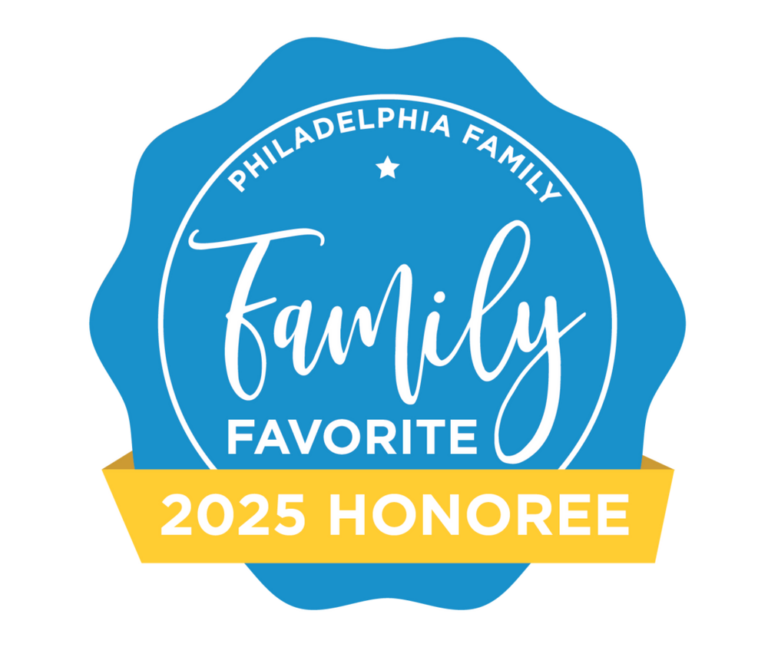Gross Motor Skills: Building the Foundation for Language Development
Why Movement Matters for Language At first glance, gross motor skills and language development may seem unrelated. Gross motor skills…

Why Movement Matters for Language At first glance, gross motor skills and language development may seem unrelated. Gross motor skills…

We are thrilled to share some exciting news: Philadelphia Chinese Academy (PCA) has been named a 2025 Family…